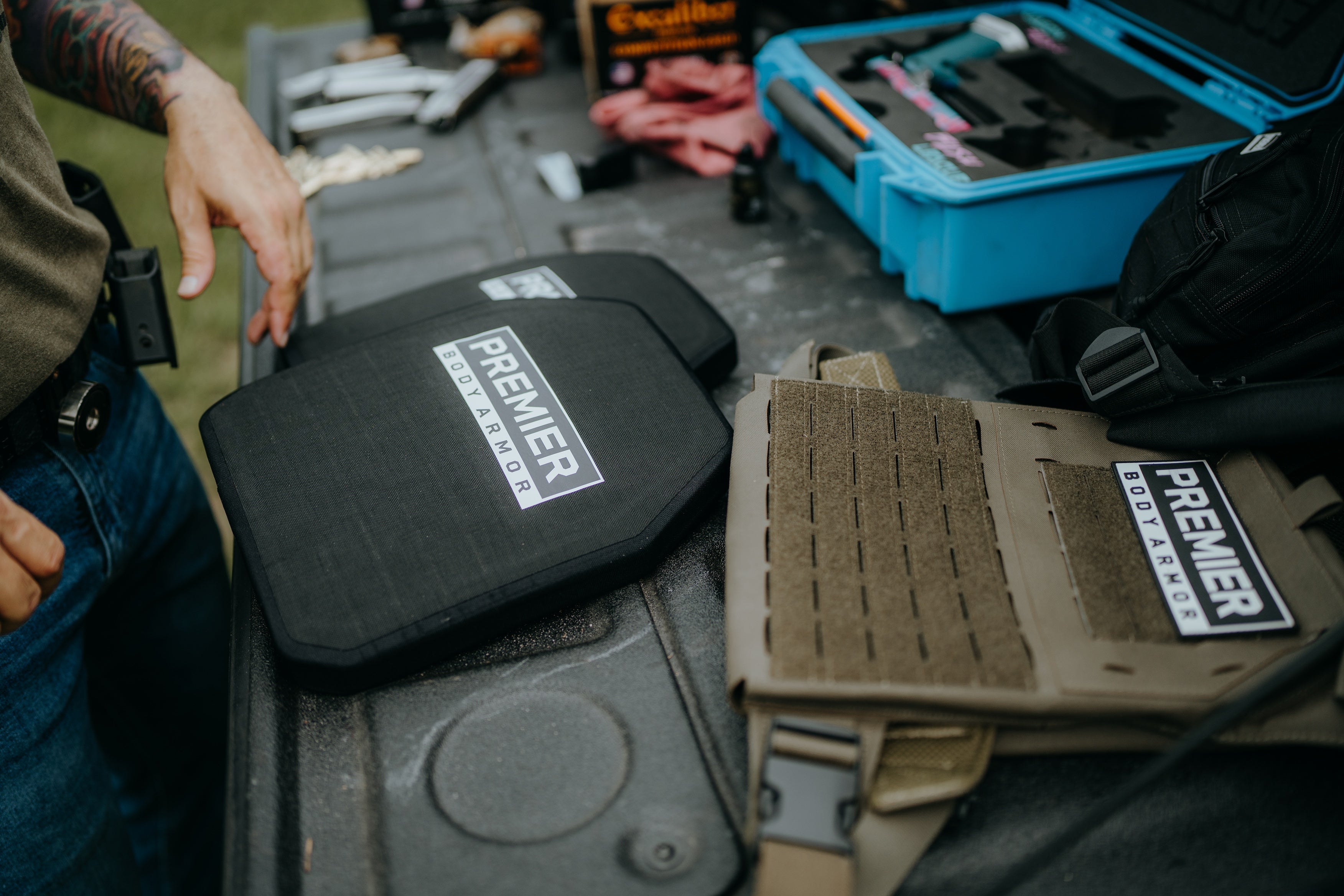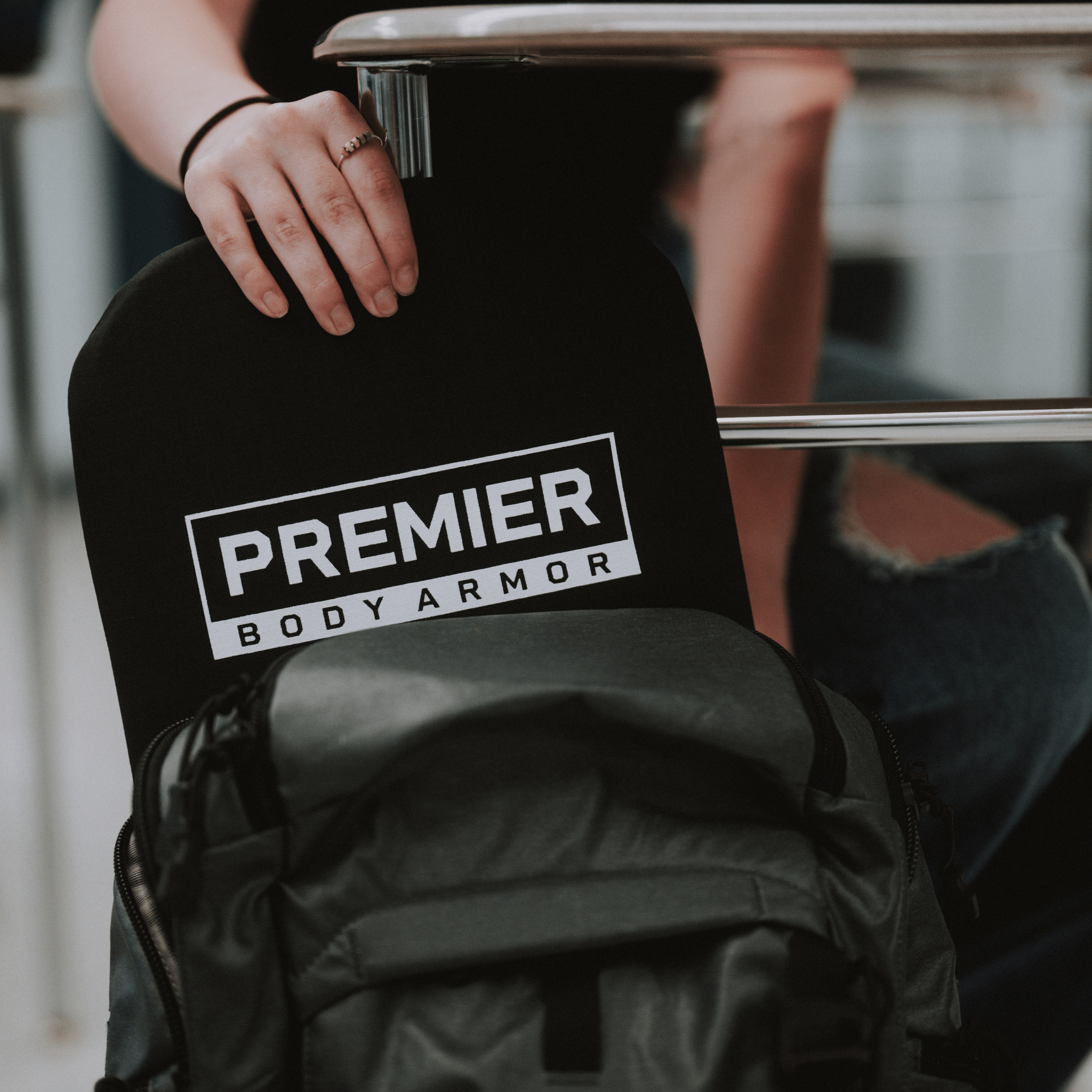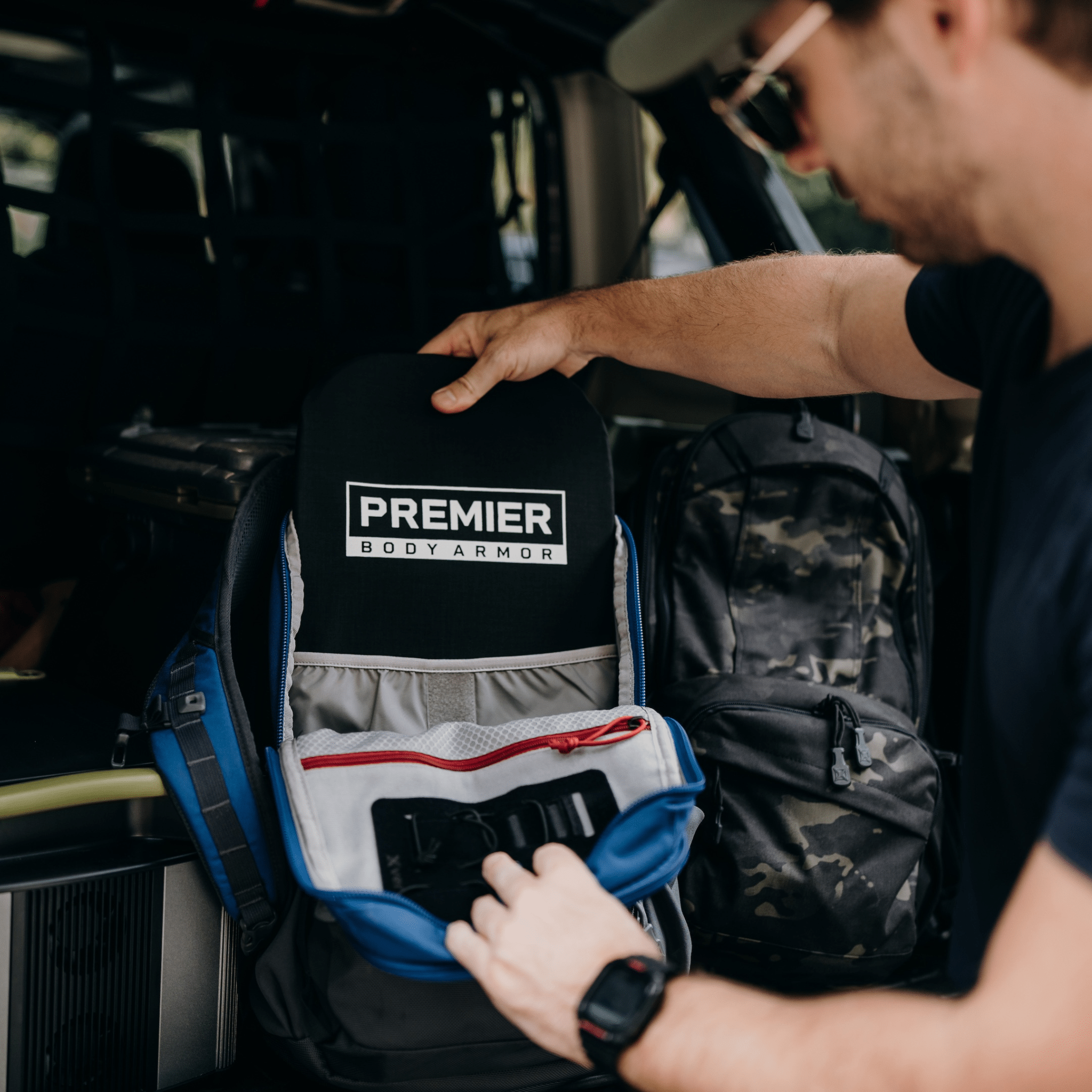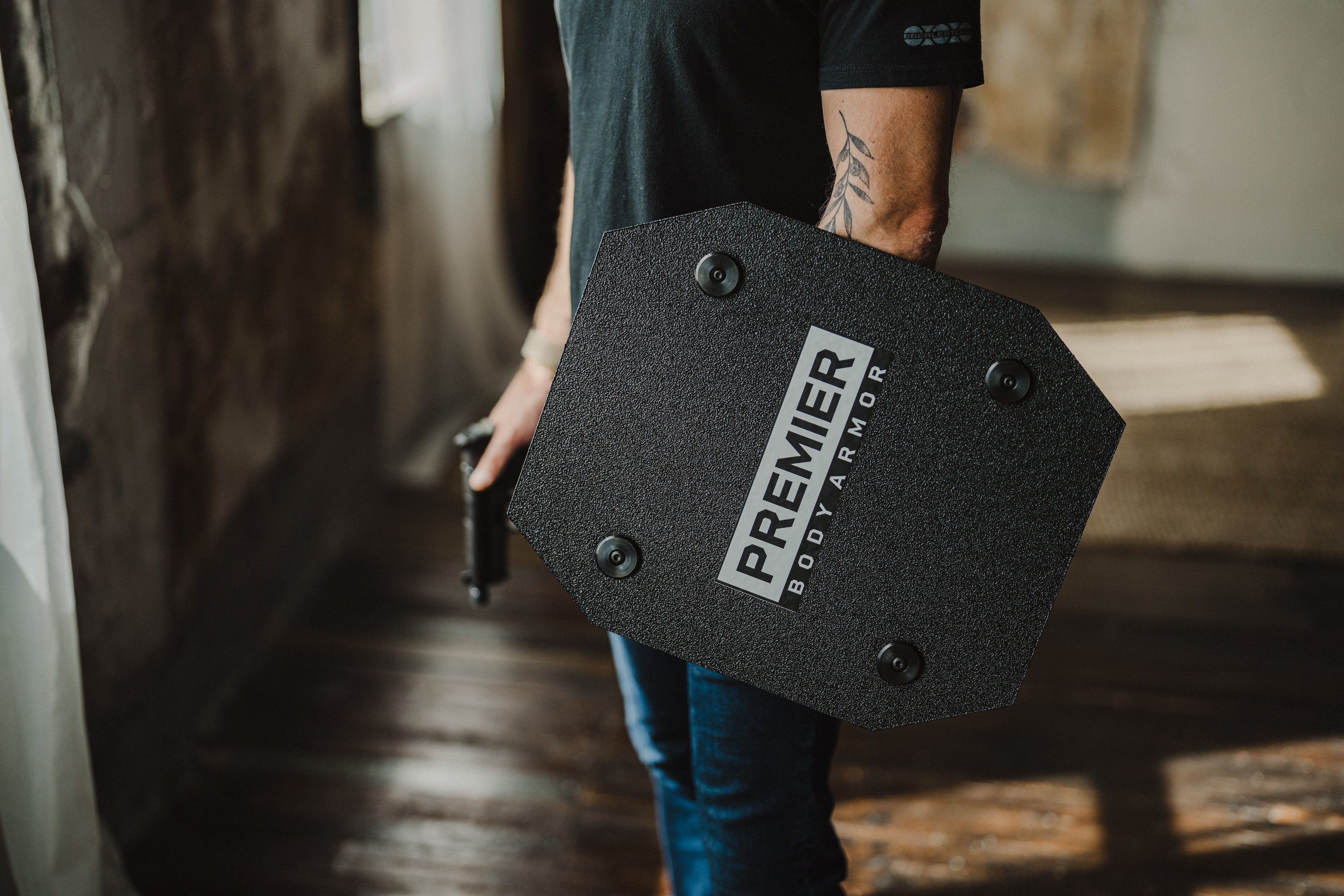Survival Signals: Off-Grid Communication Strategies You Need
When adventuring outdoors and off the grid, keeping a line of communication open in case of emergency is a great idea, especially if you intend to spend multiple nights away from home.

Safety First: The Importance of Staying Connected Off-Grid
Off grid communication can be the difference between life and death, especially if you have already taken steps to prepare for disaster, and are left with no choice but to contact professional emergency services.
Although many people venture outdoors to disconnect from technology and the rigors of day to day life, preparing a way to communicate off the grid, however counterintuitive it may seem, is a critical step to ensure you make it home safely.
Don’t underestimate the importance of staying connected while off-grid and take the steps necessary to ensure your line of communication is reliable, secure, and easily accessible.
Know Before You Go: Prep Communication Strategies Before You Head into the Wilderness
As with any other aspect of venturing outdoors, having a game plan beforehand makes acting in an emergency much easier than trying to think on the fly. Prepping your off grid communications ahead of time is a great way to guarantee your competence when in the wilderness.
This can be done by routinely informing yourself of the best off grid communications methods, whether it be satellite phone, ham radio, or other long range survival communications. Staying up to date with current technology, as well as the technology you have on hand will ensure that you have functional and familiar equipment when or if an emergency strikes.
Satellite Phones: Ultimate Connectivity Tools
One of the best methods to stay connected while off grid is a satellite phone. Essentially an off grid cell phone, a satellite phone relies on a satellite network and can make calls to any cell phone or landline, anytime, anywhere.
An emergency satellite phone is not subject to roaming costs, but there is a cost per minute of communication, usually coming out to around $1 a minute. Prepaid plans can reduce this to around $0.80 a minute. While this might add up in an emergency, having this as an option is essential to the safety of you and your party.
The best satellite phones can make these calls with the same quality a typical cell phone can, but will likely be more expensive than some of its counterparts. Make sure to do your research and find the best satellite phone for you.
Utilizing a Ham Radio for Fast Communication
Given their semi-outdated nature, you may be asking yourself, “what is a ham radio?” A ham radio is an amateur radio communication device that can pick up a variety of radio frequencies, from radio broadcasts, emergency communications, and weather reports, all without access to a satellite or the internet.
Due to their portable nature, relatively low cost, and ease of access, an off grid radio may be a great communication alternative for someone who doesn’t want to worry about the price of a satellite phone or plan.
Keep Your Group Connected with Two Way GMRS Radios
If you are planning on getting off the grid with a group of people, equipping everyone with a two way GMRS radio system is a great idea to ensure everyone is on the same page in case of emergency.
More commonly known as a walkie talkie or two way radio, a GMRS radio system is a relatively affordable way to keep everyone in the loop while outdoors. If you choose to go this route, make sure to routinely check the battery charge of your two way radios to ensure they are functional when you need them most.
The best two way radio will likely feature rechargeable batteries and a trickle charger, so shop around to find the best combination of features and affordability for you.
Keep in mind that operating a GMRS radio requires a license with the Federal Communications Commission (FCC). These are relatively inexpensive and easily obtained, so be sure you are in compliance before you venture out with your long range walkie talkie.
Consider a Personal Locator Beacon (PLBs)
If you happen to feel too connected with a satellite phone or ham radio, and want something simpler, consider a personal locator beacon (PLB). A personal locating beacon is a handheld device that can be used to send out a distress signal if an emergency were to arise.
Having a plb personal locator beacon on hand is a straightforward and effective way to ensure you have a line of communication to emergency services, without the feeling of being connected to more people than absolutely necessary.
When Disaster Strikes: Maintaining Communication in a Survival Situation
If a disaster were ever to strike, establishing and maintaining emergency communication is essential to the wellbeing of yourself and others. Good survival communication requires a clear and concise description of the emergency, a calm and collected demeanor, and proper communication equipment. Prepare for these situations by familiarizing yourself with your equipment and remaining prepared for anything that is thrown your way.
Primitive Smoke Signaling
If you ever find yourself in an emergency without survival communication equipment, you may have to resort to more primitive methods of communication like smoke signals. Survival smoke signals, while intimidating up front, are an easy skill to learn and can be used anywhere a fire can be built.
Learning how to do smoke signals will take some effort, but it is energy well spent. Knowing how to read smoke signals could also be helpful, especially if you were to come across someone else experiencing an off grid emergency.
As always, preparation ahead of time is the key to success.
Morse Code Signals
Similar to smoke signals, morse code is a universal communication method that uses dots and dashes, or long and short light signals. You can communicated in many ways, whether it be with a flashlight, fire, or mirror. Knowing how to do morse code is a great way to communicate or call for help if you are unable to build a fire or call for help.
Most emergency services are trained to look for morse code signals and respond accordingly. Learning how to do sos in morse code is a great survival skill to add to your collection of abilities.
Ground to Air Signals – Remember the “CLASS” Principle
When communicating in an emergency situation, it is important to consider all of the ways you might receive aid when off the grid. Realistically, it is unlikely that a rescue team will come anyway other than by air, as a plane or helicopter is faster and more reliable than rescue aid on foot.
With this in mind, it is important to learn ground to air signals so that an emergency aid craft can discern your location and provide help. Ground to air emergency signal code relies on a number of symbols to communicate certain conditions. For example, a large ‘V’ means you require help or assistance, an ‘X’ indicates an injury is present, and arrows can be used to indicate direction.
When signaling from the ground to the air, it is important to remember the “CLASS” principle. “CLASS” stands for contrast, location, angularity, size, and shape. These principles can help someone on the ground create a distinctive call for help by maintaining certain properties that are easily recognized from the air.
When an emergency occurs off grid or outdoors, effective communication is not just a convenience, it is a lifeline. The methods discussed above – from satellite phones to smoke signals – are a great place to start when considering how you will communicate through an outdoor crisis.
Whether you are a seasoned explorer or someone just getting out into nature for the first time, maintaining a line of communication is key. Be sure to frequently inventory your gear and stay familiar with your equipment. Preparation ahead of time can be the difference between life and death in an emergency.
Equip yourself with these vital communication tools and consider taking a survival communication course with some friends to ensure you and others are ready for whatever is thrown your way. Sharing this knowledge and creating and cultivating a culture of preparedness is a great way to strengthen your practical skills and your community.
Remember, in the wilderness, safety is in your hands, and staying connected is an essential part of that responsibility.
Written by Aidan Shelton










Will it work for out of state texting powered by the sun.
Leave a comment